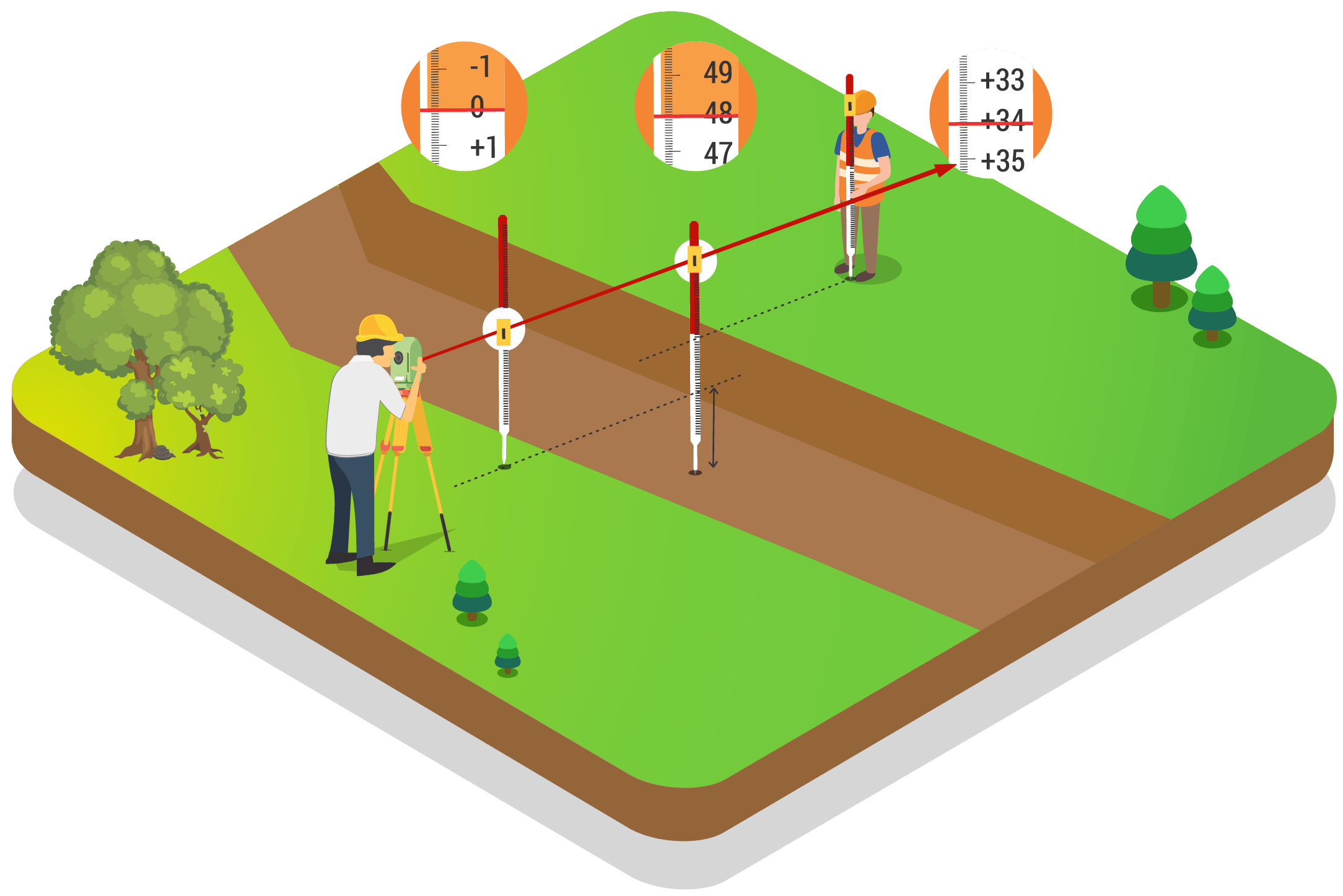In a globe where
land is a desired property, comprehending the ins and outs of land evaluating comes to be critical for residential or commercial property proprietors. The relevance of land surveying can not be overemphasized, as it serves as the structure for building limits, legal disputes, and overall residential property worth. By diving right into the sorts of land studies offered, building proprietors get a much deeper understanding of their choices and how each survey can profit their details demands.
Furthermore, land surveying is not just regarding measurements and boundaries; it plays a crucial role in stopping lawful conflicts, sustaining building jobs, and aiding in ecological preparation. As modern technology remains to change land surveying techniques, the area is developing with devices like drones and GIS systems producing brand-new opportunities for precise information collection and analysis. Whether checking out historic preservation websites or getting started on urban growth jobs, the cooperation in between homeowner and land property surveyors makes certain that every aspect of land possession is guarded and optimized for long-lasting value.
Comprehending Land Surveying Basics
Land surveying is a critical procedure that involves precisely gauging and mapping the physical features of an item of land. It plays a vital duty in residential or commercial property ownership and advancement by identifying boundaries, elevations, and various other essential variables that affect land use.
With the use of specialized devices and equipment, surveyor are able to gather exact information concerning the place and features of a building. This info assists homeowner, developers, and government firms make informed decisions concerning building and construction, land use planning, and environmental administration.
By comprehending the basics of land surveying, property owners can make certain that their rate of interests are protected and that they remain in compliance with regional laws. From identifying residential or commercial property limits to identifying possible risks, a land survey gives useful details that can protect against conflicts and help with effective land advancement projects.
Advancements in Land Surveying
In the vibrant area of land surveying, technological advancements remain to drive development and improve the precision and efficiency of studies. One considerable advancement is the assimilation of drone technology, which enables land surveyors to capture high-resolution aerial images of the land quickly and cost-effectively. Drones equipped with advanced video cameras and sensing units can offer thorough topographic information, determine potential risks, and enhance the checking process.

Moreover, making use of Geographic Information Systems (GIS) has reinvented just how surveyor handle and analyze spatial data. GIS software allows specialists to overlay different layers of information, such as residential or commercial property borders, altitude models, and land utilize classifications. By leveraging GIS tools, surveyors can develop comprehensive maps, picture complicated relationships, and make educated decisions based upon spatial evaluation.
One more interesting advancement in land surveying is the adoption of 3D laser scanning technology. This cutting-edge technique enables land surveyors to capture in-depth, three-dimensional representations of land features with remarkable precision. By making Bathymetry Survey Gloucestershire of laser scanners, property surveyors can rapidly collect huge amounts of information, including building structures, surface contours, and greenery patterns. The resulting point cloud information assists in accurate measurements, spatial evaluation, and virtual modeling for a wide variety of evaluating applications.
Land Surveying for Different Property Types
For houses, land surveying is critical to make sure precise building limits, avoiding disagreements with neighbors, and preparing for future growths or improvements. A comprehensive land study can likewise uncover any easements or encroachments that might impact the building's usage and value.
When it pertains to industrial buildings, land evaluating plays an important function in site preparation and development. Recognizing the topography, borders, and utility locations is essential for designers, designers, and building contractors to make and create frameworks that follow zoning policies and ecological factors to consider.
In the instance of farming and country properties, land surveying is important for proper land administration, identifying boundaries for chopping, grazing, or preservation functions. Comprehensive surveys can additionally help farmers and landowners make informed choices about irrigation, drainage, and overall land application for sustainable practices.
